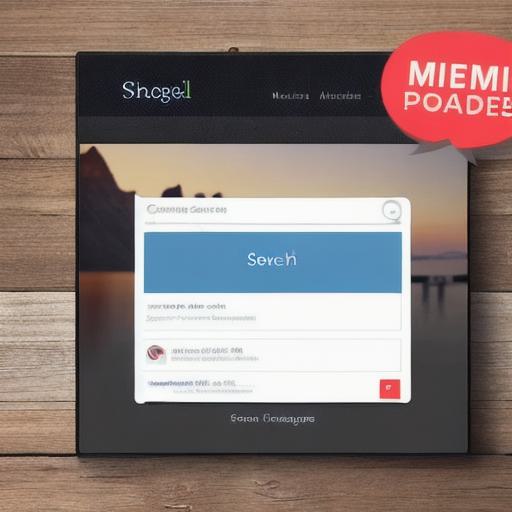Discovering Your Digital Identity: A Guide to Online Presence

As we move towards a more connected and digitized world, our online presence becomes increasingly important. Whether it’s for personal branding, professional networking, or even just staying in touch with friends and family, having a strong digital identity is crucial. In this guide, we will explore the key steps to discovering and managing your online presence.
Understanding Your Digital Identity
Before we dive into the specific steps of building an online presence, it’s important to understand what that means. At its core, your digital identity is simply the collection of all the information and content you’ve created or shared online. This includes your social media profiles, blog posts, photos and videos, as well as any other digital footprints you may have.
The importance of having a strong digital identity cannot be overstated. In today’s world, your online presence can often serve as the first impression people have of you. Whether it’s a potential employer, a client, or even just a casual acquaintance, what you put out there online can have a huge impact on how you are perceived.
Building Your Online Presence
Now that we understand the importance of having a strong digital identity, let’s look at some specific steps you can take to build and manage your online presence.
1. Claim Your Name

The first step in building your online presence is to claim your name online. This means creating social media profiles on all the major platforms (Facebook, Twitter, LinkedIn, etc.), as well as claiming your name on search engines like Google. By doing this, you can ensure that when people search for your name online, they will find your profiles and content, rather than someone else’s.
2. Create Quality Content
One of the best ways to build your online presence is by creating quality content. This could include blog posts, photos and videos, or even just status updates on social media. Whatever type of content you create, make sure it’s high-quality and relevant to your audience. By doing this, you can attract followers and subscribers who are genuinely interested in what you have to say.
3. Engage with Your Audience
Another important part of building an online presence is engaging with your audience. This means responding to comments on your posts, liking and sharing other people’s content, and generally being active and engaged on social media. By doing this, you can build relationships with your followers and create a sense of community around your brand.
4. Monitor Your Online Reputation
Finally, it’s important to monitor your online reputation. This means keeping an eye on what people are saying about you online, as well as regularly checking for any negative reviews or feedback. By doing this, you can quickly address any issues and maintain a positive online presence.
Summary
Building a strong digital identity is essential in today’s connected world. Whether you’re looking to advance your career, connect with friends and family, or simply make a name for yourself, having a strong online presence can help you achieve all of those goals. By following the steps outlined in this guide, you can discover and manage your digital identity, and use it to your advantage in all aspects of your life.








